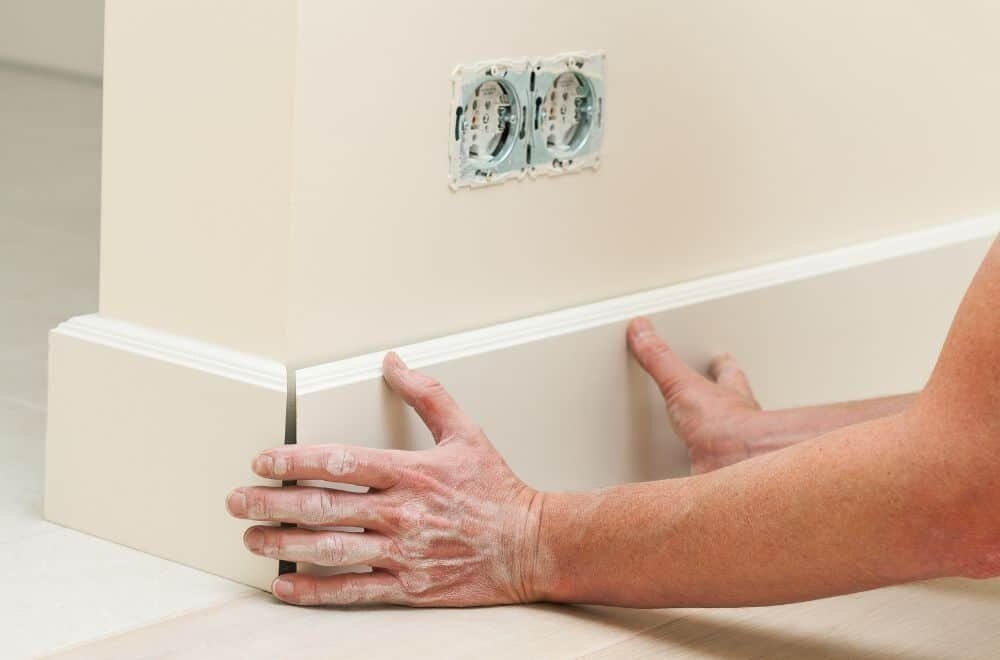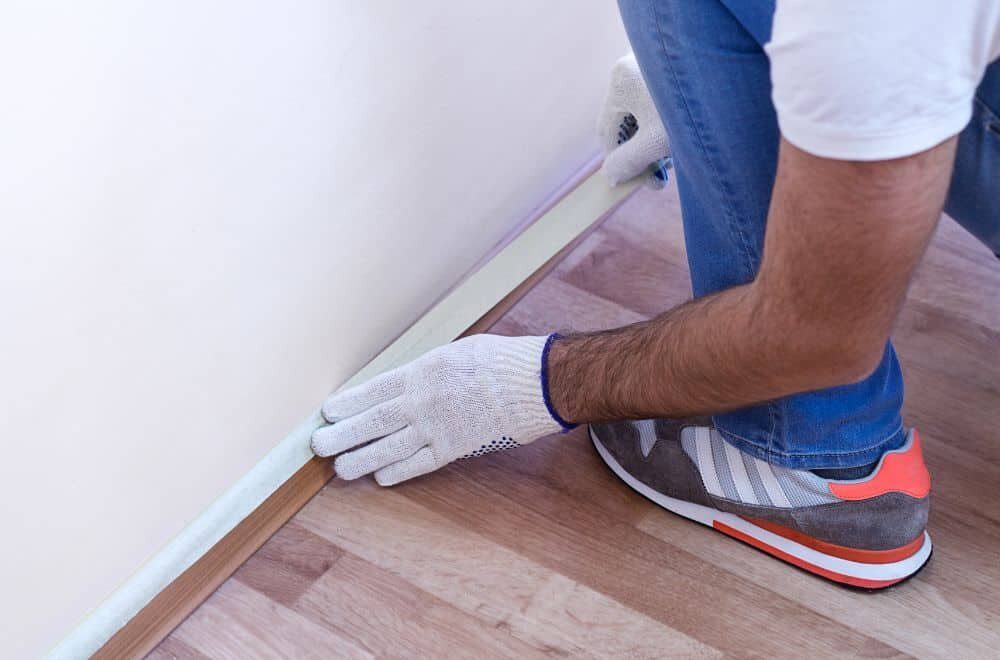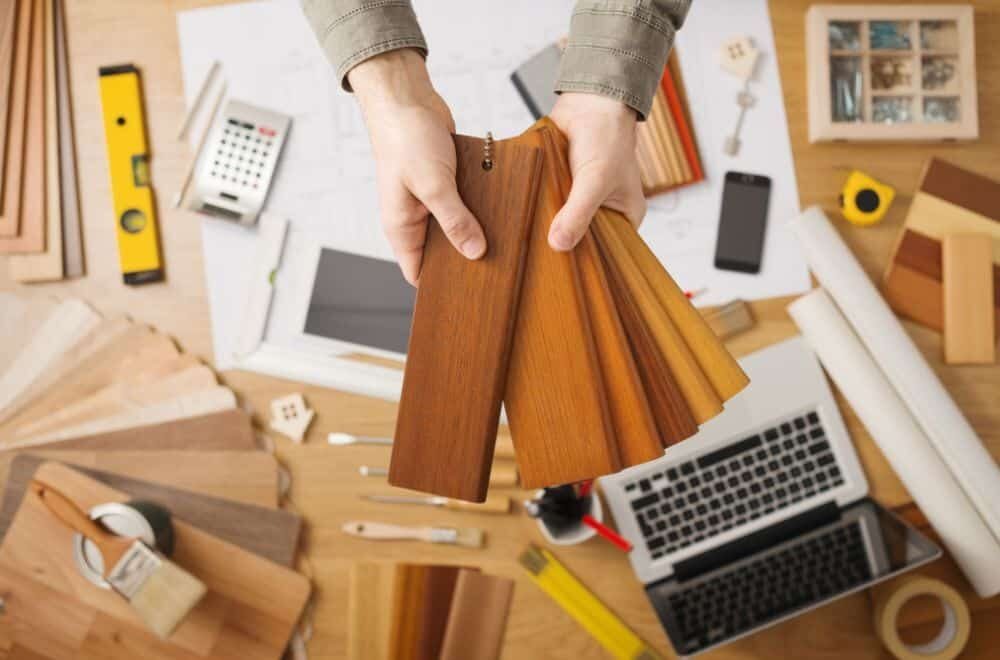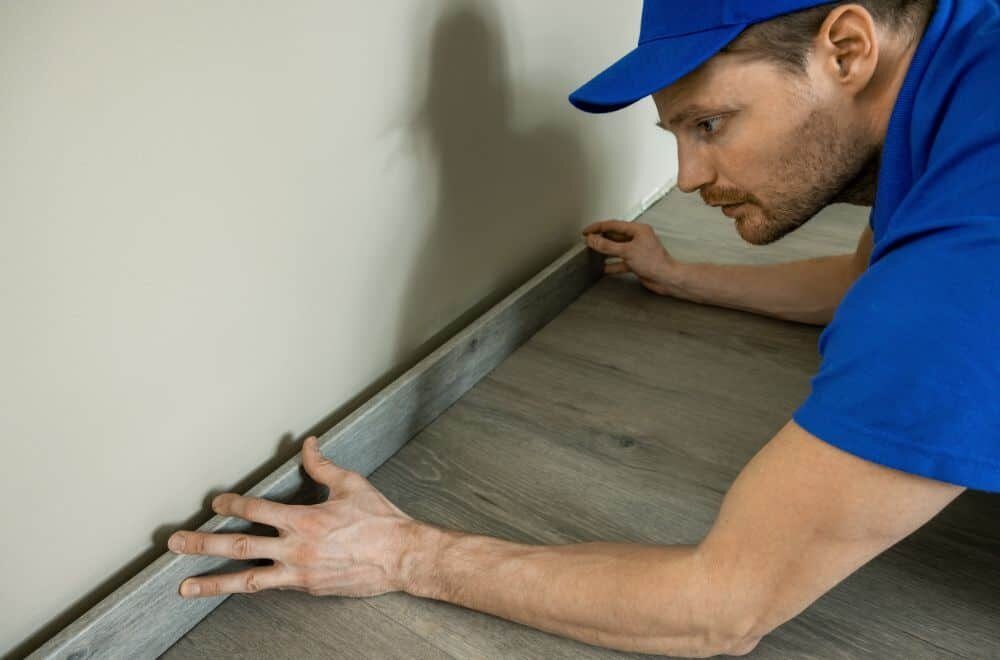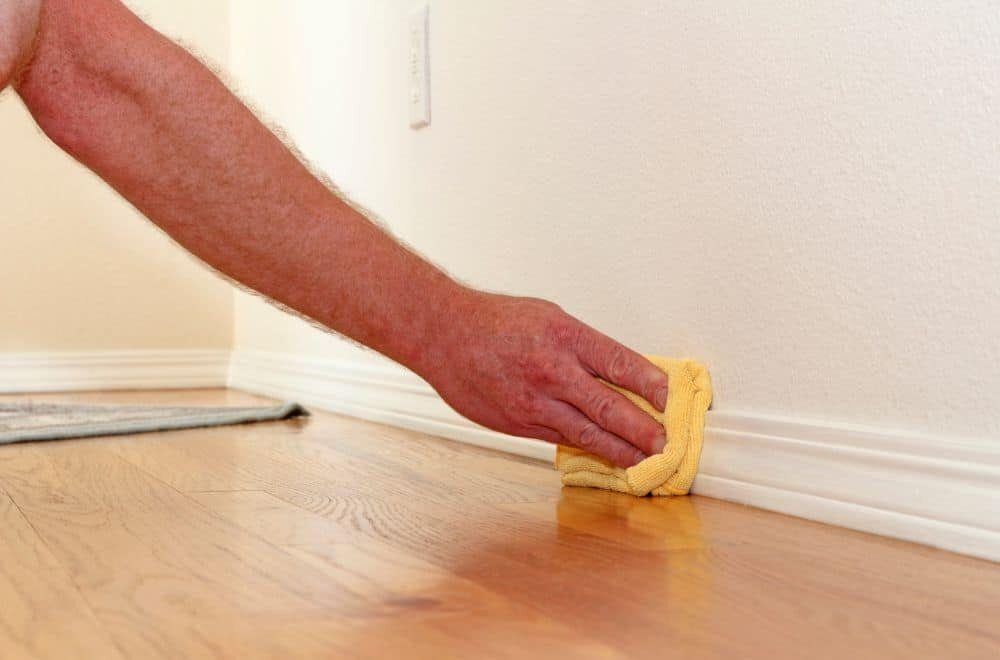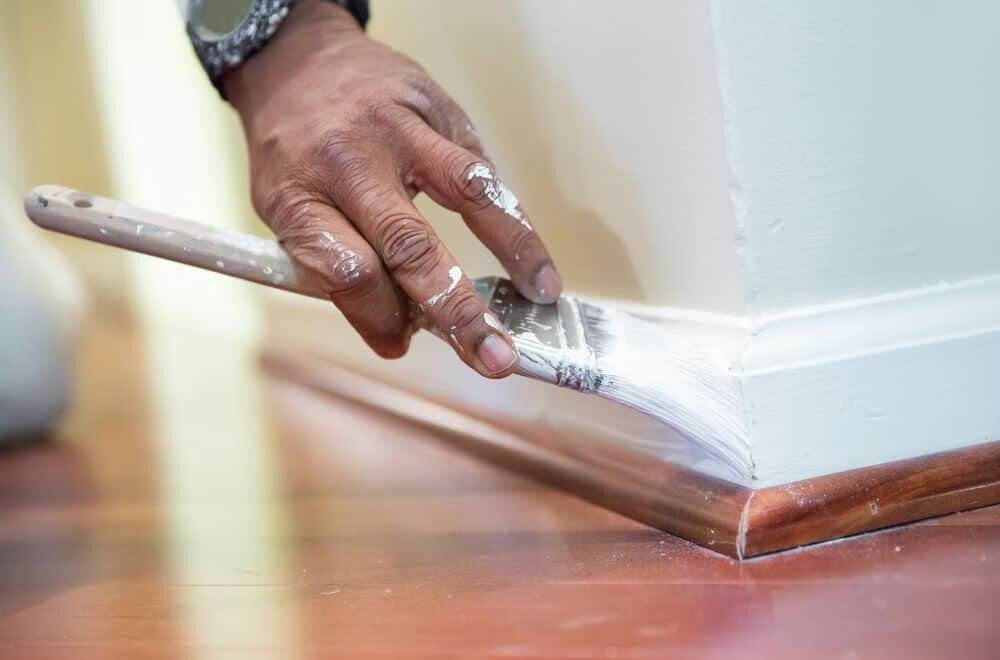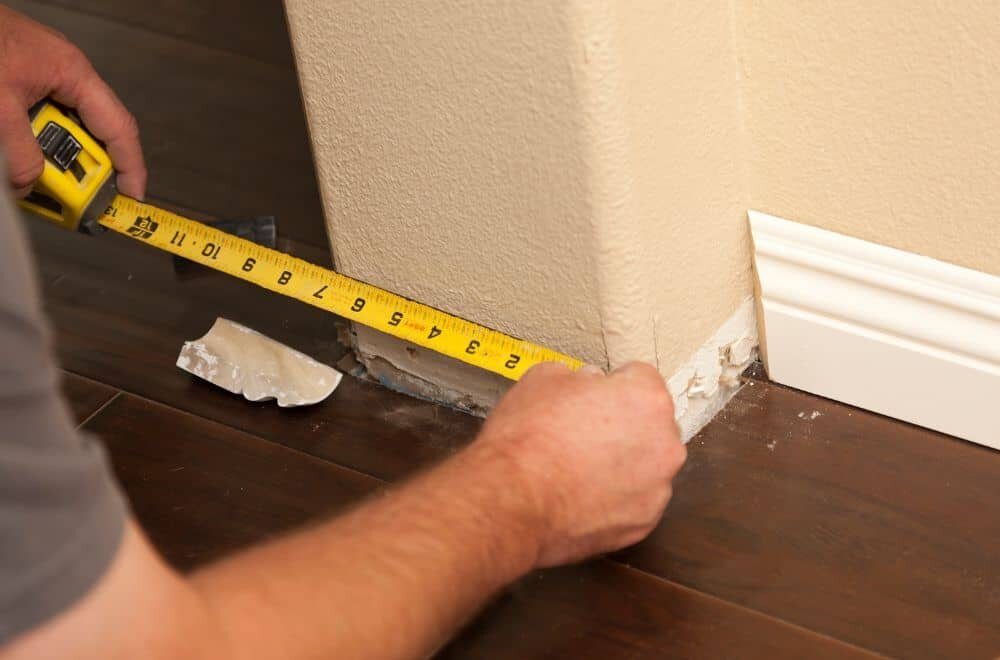Attaching a headboard to a wooden bed frame can be a simple and easy process. Whether you’re looking to add a decorative touch to your bedroom or simply want to make your bed more comfortable, a headboard can be a great addition. In this article, we’ll go over the steps you need to take to attach a headboard to your wooden bed frame.
Before you begin, it’s important to gather all the necessary tools. You’ll need screws, bolts, washers, and a wrench. Once you have everything you need, you can start by positioning the headboard against the bed frame. Make sure the holes in the headboard align with the holes in the bed frame. Then, insert the screws and bolts through the holes and tighten them securely with the wrench.
If your headboard doesn’t have pre-drilled holes, you’ll need to drill them yourself. Use a drill bit that’s slightly smaller than the screws you’re using and make sure the holes are evenly spaced. Once you’ve drilled the holes, you can attach the headboard to the bed frame using the same process as before. With these simple steps, you can easily attach a headboard to your wooden bed frame and enjoy a more comfortable and stylish bedroom.
Understanding the Basics
Attaching a headboard to a wooden bed frame is a simple process that can be done by anyone with basic DIY skills. In this section, we will cover the basics of headboards and wooden bed frames to help you understand the different types and how they work together.
Types of Headboards
Headboards come in a variety of styles, materials, and sizes. Here are some of the most common types of headboards:
- Upholstered headboards: These headboards are covered in fabric or leather and offer a soft and comfortable backrest for sitting up in bed.
- Wooden headboards: These headboards are made from wood and come in a range of styles, from traditional to modern.
- Metal headboards: These headboards are made from metal and are often designed to be decorative and stylish.
Types of Wooden Bed Frames
Wooden bed frames are another essential component of any bed setup. They come in different types, including:
- Platform bed frames: These bed frames have a flat surface and do not require a box spring.
- Slat bed frames: These bed frames have slats that support the mattress and do not require a box spring.
- Panel bed frames: These bed frames have a headboard and footboard and require a box spring.
When it comes to attaching a headboard to a wooden bed frame, the type of bed frame you have will determine the method you use. For example, platform bed frames and slat bed frames often have pre-drilled holes for attaching a headboard, while panel bed frames may require additional hardware.
Understanding the basics of headboards and wooden bed frames is the first step in attaching a headboard to your bed frame. In the next sections, we will cover the different methods you can use to attach a headboard to a wooden bed frame, depending on the type of bed frame you have.
Gathering the Necessary Tools
Attaching a headboard to a wooden bed frame requires a few common tools that you may already have at home. Here are the tools you’ll need:
Screws and Bolts
Screws and bolts are essential for attaching the headboard to the bed frame. Make sure to choose the right size and length of screws and bolts that fit your bed frame and headboard.
Washers
Washers are small, flat, and circular metal pieces that go between the screw or bolt head and the surface of the headboard or bed frame. They help distribute the pressure and prevent the screw or bolt from digging into the wood.
Wrenches
You’ll need two types of wrenches: an adjustable wrench and a socket wrench. The adjustable wrench is used to hold the bolt head in place while tightening the nut with the socket wrench.
Drill and Drill Bits
If the headboard doesn’t come with pre-drilled holes, you’ll need a drill and drill bits to create holes in the headboard and bed frame. Make sure to choose the right size of drill bit that matches the screws or bolts you’re using.
Wall Mounts
If you want to attach the headboard to the wall, you’ll need wall mounts. Wall mounts come in different sizes and types, so choose the one that works best for your headboard and wall.
Level
A level is a tool used to ensure that the headboard is straight and level. It’s important to use a level to prevent the headboard from tilting or leaning to one side.
Optional Tools
If you want to add extra support to the headboard, you can use brackets or struts. Brackets are L-shaped metal pieces that attach the headboard to the bed frame, while struts are wooden pieces that go between the headboard and the bed frame.
Preparation Steps
Before attaching a headboard to your wooden bed frame, there are a few preparation steps you need to take. These steps will ensure that the headboard is properly secured to the bed frame and will not come loose over time.
Measuring the Bed Frame
The first step is to measure the width and height of your bed frame. This is important because the headboard needs to be the same width as the bed frame in order to attach properly. You also need to make sure that the headboard is the correct height for your bed frame. If the headboard is too tall or too short, it may not attach properly or may not look aesthetically pleasing.
Marking the Attachment Points
Once you have measured your bed frame, the next step is to mark the attachment points for the headboard. You can do this by using a pencil to mark where the headboard will attach to the bed frame. Make sure to mark both the left and right sides of the bed frame, as well as the top and bottom.
After marking the attachment points, you can then drill holes into the bed frame where the headboard will attach. Make sure to use the correct size drill bit for the screws you will be using to attach the headboard.
Overall, taking these preparation steps will ensure that your headboard is properly attached to your wooden bed frame and will provide a sturdy and secure attachment for years to come.
Attaching the Headboard
Attaching a headboard to a wooden bed frame is a simple process that can be completed with just a few tools. Here are the steps to follow:
Aligning the Headboard
The first step is to align the headboard with the bed frame. Place the headboard against the wall, and then move the bed frame into position so that it is flush against the headboard. Make sure that the headboard is centered on the bed frame.
Securing the Headboard
Once the headboard is aligned, it’s time to secure it to the bed frame. There are a few different methods you can use to do this, including:
-
Using brackets: Many headboards come with brackets that can be attached to the bed frame. Simply line up the brackets with the holes in the headboard and bed frame, and then use screws to secure them in place.
-
Using bolts and washers: If your headboard doesn’t come with brackets, you can use bolts and washers to attach it to the bed frame. Drill holes in the headboard and bed frame where you want to attach them, and then insert bolts through the holes. Secure the bolts in place with washers and nuts.
-
Using screws: Another option is to attach the headboard directly to the bed frame using screws. Drill pilot holes through the headboard and into the bed frame, and then insert screws through the holes and tighten them in place.
No matter which method you choose, make sure that the headboard is securely attached to the bed frame. Give it a gentle tug to make sure that it doesn’t move or wobble.
That’s it! With just a few simple steps, you can attach a headboard to a wooden bed frame and give your bedroom a whole new look.
Safety Precautions
Attaching a headboard to your wooden bed frame is a simple process that can be done quickly with the right tools and instructions. However, it is important to take certain safety precautions to ensure that the process is done safely and without any accidents. Here are some safety tips to keep in mind:
1. Wear Protective Gear
Before you start attaching the headboard to your bed frame, make sure you are wearing the appropriate protective gear. This includes safety glasses to protect your eyes from any flying debris, gloves to protect your hands from sharp edges, and closed-toe shoes to protect your feet from any falling objects.
2. Use the Right Tools
Make sure you have all the necessary tools before you start attaching the headboard to your bed frame. This includes bolts, screws, and washers that are the right size for your bed frame and headboard. Using the wrong tools can be dangerous and can damage your bed frame or headboard.
3. Follow the Instructions Carefully
Make sure you read and follow the instructions carefully before you start attaching the headboard to your bed frame. This will help you avoid any mistakes that can lead to accidents or damage to your bed frame or headboard.
4. Get Help if Needed
If you are not comfortable with attaching the headboard to your bed frame, or if you are not sure how to do it safely, it is always better to ask for help. This can be a friend or family member who has experience with DIY projects or a professional who can do it for you.
5. Check for Stability
Once you have attached the headboard to your bed frame, make sure it is stable and secure. This will help prevent any accidents or injuries while you are sleeping. Check the bolts, screws, and washers to make sure they are tight and secure, and make any necessary adjustments to ensure that the headboard is stable.
Troubleshooting Common Issues
When attaching a headboard to a wooden bed frame, you may encounter some common issues. Don’t worry, though – these problems are usually easy to solve with a little troubleshooting.
Loose Headboard
If your headboard is loose, it may shift or rattle when you move around in bed. This can be frustrating and even lead to damage to the headboard or the bed frame. Here are a few troubleshooting steps to try:
- Check that all bolts and screws are tightened properly. If any are loose, tighten them with a screwdriver or wrench.
- Make sure the headboard is properly aligned with the bed frame. If it is crooked, it may not be secure.
- Consider using brackets or braces to reinforce the connection between the headboard and the bed frame.
Uneven Headboard
If your headboard is uneven, it may not look right or it may not fit properly with your bedding. Here are some troubleshooting steps to try:
- Check that the headboard is level. Use a level tool to ensure that it is straight and not leaning to one side.
- Make sure that the headboard is properly aligned with the bed frame. If it is not, it may be causing the unevenness.
- Consider using shims to adjust the height of the headboard. These can be placed between the headboard and the bed frame to even out the height.
By following these troubleshooting steps, you should be able to fix common issues when attaching a headboard to a wooden bed frame. If you’re still having trouble, consider consulting a professional or the manufacturer for further assistance.
Maintaining Your Attached Headboard
Once you have successfully attached your headboard to your wooden bed frame, it’s important to maintain it properly to ensure it stays secure and in good condition. Here are a few tips to help you maintain your attached headboard:
Regularly Inspect Your Headboard
To keep your headboard secure and in good condition, it’s important to inspect it regularly. Check the screws, bolts, and other attachments to make sure they are still tight and secure. If you notice any loose or missing screws, tighten or replace them as soon as possible.
Clean Your Headboard
To keep your headboard looking its best, it’s important to clean it regularly. Use a soft cloth or brush to remove any dust or debris, and wipe it down with a damp cloth or sponge. Avoid using harsh chemicals or abrasive cleaners, as these can damage the finish on your headboard.
Protect Your Headboard
To prevent scratches, dents, or other damage to your headboard, it’s important to protect it from accidental bumps or impacts. You can do this by placing a soft cushion or pad between your headboard and the wall, or by using furniture pads or coasters under the legs of your bed frame.
Consider Upgrading Your Headboard
If you’ve had your headboard for a while and it’s starting to show signs of wear and tear, or if you simply want to update the look of your bedroom, consider upgrading to a new headboard. There are many different styles and materials to choose from, so you’re sure to find one that fits your taste and budget.
By following these simple tips, you can keep your attached headboard looking and functioning its best for years to come.
